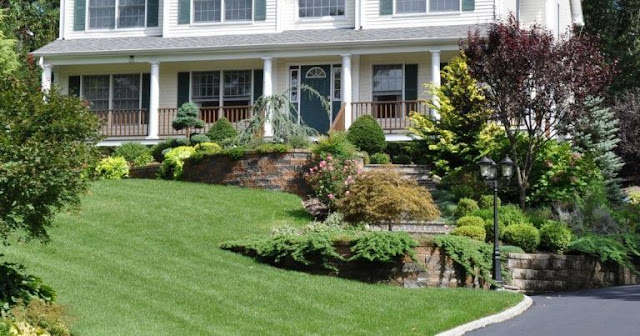Various Types of Grass That Grow Well in Desert Climates
There are many types of grass that grow well in desert climates. Some of the most common types you might see in a desert climate include Bermuda, Bahia, and Buffalo. These three varieties can be found all over North America, but they have different characteristics depending on where they grow best. For example, Bermuda is better suited for wetter climates because it will die if left to dry out too long.
Types of grass that grow well in desert climates
In desert climates, grasses can be difficult plants to grow. But if you know what type of grass is best for your climate then you will have success in growing the perfect lawn! There are many types of grass that grow well in desert climates. These include Bermuda Grass, St. Augustine Grass, and Zoysia Grass. If these are not available near where you live, consider planting Buffalo Grass or Fescue Grass which also do well in dry conditions!
There are two main categories: cool-season grasses and warm-season grasses.
- Cool-season grasses grow better in cooler climates as they tend to die off during the summer months when temperatures are warmer than usual or too hot/dry;
- Warm-season grasses do well in hotter climates because they prefer more heat and humidity than cold weather.
- Cool Season Grasses- include bluegrass, rye, fescue, tall fescue, bentgrass (most popular)
- Warm Season Grasses- include Bermuda Grass, zoysia grass, carpetgrass
Pros and cons of each type of grass
The grass is an important part of any lawn. Grass can come in many different types, each with its own pros and cons. The best grass for your yard depends on your climate and what you’re looking to get out of it.
Pros: Grass is a great way to save energy as it requires very little water and maintenance compared with other types of plants like shrubs or trees. It also provides some protection from erosion by slowing down rainwater runoff and minimizing soil loss on slopes prone to landslides during heavy rains.
Cons: The downside is that there’s no guarantee what kind of insect might be living in the soil where you’re planting your grass seed. Another downside is that grass requires a lot of room to grow, so it can be difficult to plant if you live in an urban area. If the weather changes and becomes too hot or dry for your type of grass then all hope isn’t lost!
How to care for the different types of grass
The grass in your yard is a beautiful part of the landscape. Not only does it make the area look nice, but it also helps filter out impurities from rain and snowmelt. If you have different types of grasses on your property, there are certain steps you need to take to ensure each type stays healthy and grows at its best rate possible.
Some grasses will require more water than others do while some may need less fertilizer or pesticide treatments than others as well as other specific care instructions that can be found by checking with a local lawn service company near you. The beauty of having many types of grass in one area is that they provide an overall natural appearance for a beautifully landscaped property!
Tips on how to maintain your lawn with a limited amount of water in a desert climate
Caring for your lawn is important. Grass grows differently depending on the type of grass it is, whether it’s cool or warm-season, and what region you live in.
- Use a water-saving sprinkler head or drip irrigation
- Make sure your lawn is properly fertilized and watered from the roots up, not just sprayed topically
- Plant drought-tolerant plants that require less water to thrive
- Replace your lawn with rocks and gravel
- Replace your grass with artificial turf for a more drought-friendly option
- Create an outdoor living space by planting trees and bushes around the perimeter of your property which will help shade any areas in direct sun exposure during peak hours
- Water at night so evaporation is reduced and you don’t lose all the water that was applied during the day



Comments
Post a Comment